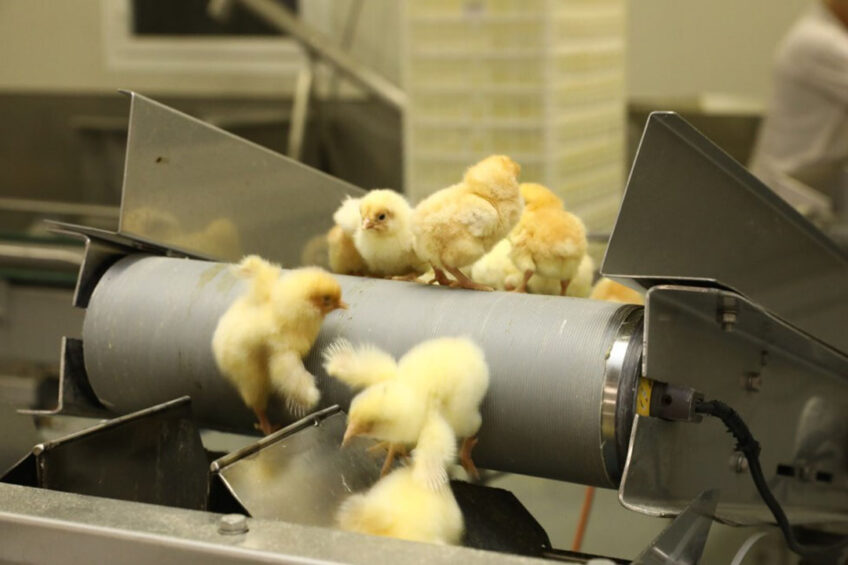Making the case for culling day-old layer males

For some years now, the pressure has been on hatcheries to find alternatives to the culling of day-old layer males. The siblings of layer hens should be either raised for a purpose or their hatch prevented by early sex determination in ovo. Austrian hatcheries have now made the case that humanely culling day-old layer males makes sense as they have a purpose as predator feed.
By 2020, it was clear that Germany would ban the culling of day-old layer males directly after hatch. In the run-up to that time, scientists and companies where scrambling to find alternatives. One would be to raise the roosters for meat production but, as genetic selection didn’t take meat yield into account, this would be quite inefficient. The second route was to develop in ovo sex determination methods and take out male embryos at an early stage.
With the technology on hand and with the pressure that no eggs from layers whose siblings had been culled allowed onto the German table egg market, other egg-producing countries are now pondering the same regulations as Germany. France and Italy are taking their first steps, and the Netherlands, as a main supplier to the German market, has already implemented the in ovo method for flocks producing for the German market.
Science-based alternative
“If the day-old roosters had no purpose, Germany’s path would make sense. However, in Austria we came to the conclusion that there is a purpose for the male chicks,” says Harald Schliessnig, director of the Austrian poultry health organisation QGV.
He continues: “In Austria we have only 3 layer hatcheries which hatch only a limited number of male layers. At the same time the consumption of day-olds in the pet industry and zoos and in demand from individuals with predatory animals, far exceeds the domestic surplus. That means we import loads of them from around the world.”
His poultry health organisation teamed up with a group of experts from zoos and started a conversation with the Austrian ministry of health. Their conclusion was that it would make no sense to prevent male chicks being hatched by expensive methods, while at the same time importing the same number from abroad to cater to the zoo industry. Feeding chicks to zoo animals makes perfect sense, according to science-based arguments made by experts in the field of predatory animals.
Transparent
According to Schliessnig, the determining factor in getting the government and the animal welfare NGOs to agree to continue the current culling of male layer chicks was the non-poultry industry experts.
“Of course, we are in the comfortable position that Austria is not self sufficient and does not have a stake in exports to Germany. That said, we want to be transparent to our domestic consumers as well.”
The Austrian poultry industry adopted three principles to be future ready. “Our organic producers will raise their males, conventional production will cull the day olds for animal feed and in ovo sex determination remains an option for the future.”
The legislation further states that chicks have to be culled in a humane manner (CO2) and that records must be kept on origin and destination. “Every egg hatched is recorded and with the zookeepers included in the scheme, we know where they will be finally consumed.”
Join 31,000+ subscribers
Subscribe to our newsletter to stay updated about all the need-to-know content in the poultry sector, three times a week. Beheer
Beheer











 WP Admin
WP Admin  Bewerk bericht
Bewerk bericht